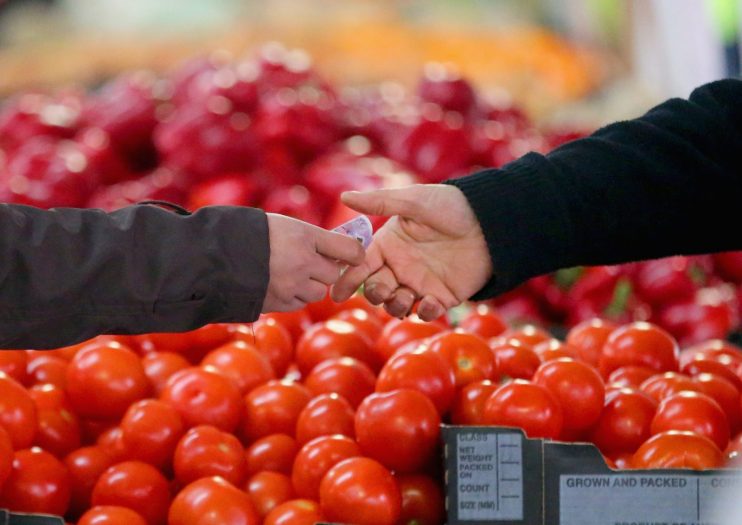Death of the middleman? The myth of selling straight to the customer

This pandemic has driven consumers online at a pace no one could predict, with Covid-19 forecast to generate an additional £4.5bn of UK online sales in 2020.
Social distancing has set in motion a dramatic shift in how we shop — our business alone saw a more than 230 per cent growth rate in online subscribers during the March–June period.
With no end in sight to restrictions anytime soon, there’s little to indicate that this is just a passing phase. Habit is formed out of necessity, and a new report by Alvarez & Marsal and Retail Economics estimates that 17.2 million British consumers are going to make permanent changes to the way they shop.
Retail brands too are making changes, increasingly going direct to the shopper through their own websites, cutting out online retailers like Amazon and bricks and mortar stores completely.
This isn’t all about Covid, of course. The shift to online has been a running trend over the past few years, disrupting the stale retail market and levelling the playing field for small, single-product startups. These brands were able to launch quickly, with a cool aesthetic and exciting product innovations, and sell straight to the buyer. The model has been proved by companies such as Simply Cook, Dollar Shave Club, Harry’s, Made.com, and Warby Parker — to name just a few.
VCs invested billions of dollars in these firms, and it quickly became a “me too” market — to take one example, by 2018 there were an estimated 175 “mattress in a box” companies like Caspar and Eve. Now in 2020 we’re seeing FMCGs join the party by opening online shops of their own: Heinz recently launched “Heinz to Home”, and PepsiCo created Pantry Shop in the US.
At first glance, the opportunity seems huge. Take out the cost of retailers, bricks and mortar stores, supply chains and billboard ads, and it’s no wonder the market exploded.
However, far from being the golden ticket it might first appear, the direct-to-consumer (D2C) market has already taken as many casualties as it has borne success stories. Simply being available online doesn’t win you customers, especially when there are other copycat brands nipping at your heels. Once the darling of the model, Caspar mattresses has piled up $223m in losses since its launch. Clothing brand Outdoor Voices lost up to $2m a month — and then its chief executive, Tyler Haney. Beauty brand Glossier has struggled to exit.
So is it really a smart move to cut out the middleman?
The truth is that the very idea of cutting out the middleman is something of a myth. Brands selling straight to the consumer must swap traditional retailers for social advertising platforms, predominantly Facebook and Google. Buying attention is expensive — each customer comes at a rising price. Facebook ads cost 90 per cent more in December 2019 than they did during that month in the previous year. The market is simply more competitive now that we’ve all moved online.
Then there is the cost of fulfillment and logistics. A lot of these brands are physically packing boxes by hand and don’t own their supply chains. Costs are incurred along the way, shrinking the margin on each product.
Back when VCs were doe-eyed about these online-only brands and ploughing billions of institutional funds into them, they were actually burning millions of dollars per month.
So what lessons can be learned from past mistakes?
In order to succeed you need a powerful and purposeful brand story, impeccable customer service and community building, unique content and — importantly — the right technology to drive down the cost of logistics.
Look at the recent example of M&S joining Ocado. Instead of selling directly to customers, the retail giant has bought the fulfillment and logistics power of one of the most efficient grocery retailers in the market. Smart move.
While the retail market is ripe for disruption, we have to heed the warning signs. Yes, our shopping habits might have changed, but in the future, brands will need a mix of physical retail space, partnerships with online retailers and selling through their own channels. Companies will have to be present wherever there are customers.
This shift to online only can only be part of the story — and while it is tempting to cut out the traditional middleman, be cautious about who you’re inviting through the door instead.
Main image credit: Getty